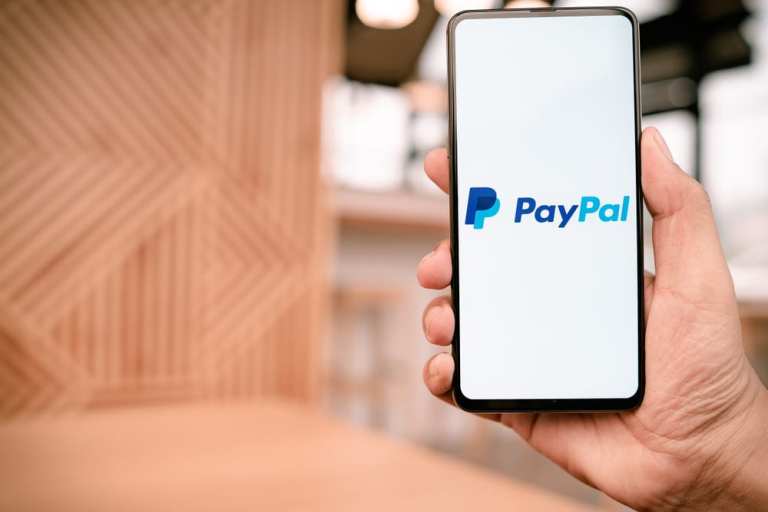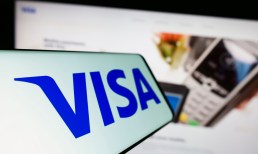For corporates, moving money across borders is linked to no shortage of friction points, particularly as businesses elevate their demands for speed, visibility and predictability in their transactions.
However, friction breeds opportunity for innovation, with traditional financial service providers and FinTech firms stepping in to tackle businesses’ biggest payment pain points. Citi is one of those players, having recently rolled out a string of business payment solutions with a focus on global accounts payable and accounts receivable.
Corporate payments aren’t just about sending funds from one business to another, though. The rise of the gig economy and new business-to-consumer (B2C) models have expanded corporates’ global disbursement needs, which come with their own unique set of challenges.
To tackle them, Citi announced a partnership with PayPal, allowing Citi’s institutional clients to make payments into their own customers’ PayPal digital wallets. In a discussion with Karen Webster, PayPal Vice President and Head of Global Core Payments Jim Magats described why B2C payments can cause so many headaches, and how the benefits of connecting corporates to PayPal accounts are felt for both the sender and receiver.
Turning Disbursements Liquid
More businesses today are in need of sending payments to consumers. Insurance companies make up one of the largest markets for this transaction type, though, as Magats noted, it’s far from the only use case.
Advertisement: Scroll to Continue
“It’s insurance companies, it’s non-traditional consumer-to-business types of companies that are now looking to make payments,” he explained. “It’s those that potentially sit on the periphery of normal banking channels, especially those in the gig economy, contractors, folks getting claims, rebates.”
Examples of B2C payments are vast: Magats pointed to Citi working with clients in the airline industry, which must issue baggage vouchers.
One of the biggest challenges for the recipients of disbursements is turning them liquid. Receiving a traditional paper check in the mail takes several days, or longer, particularly if the recipient is across borders.
Furthermore, while the underbanked population of the world is declining, hundreds of millions of people don’t have a traditional bank account — either by choice or due to lack of access to traditional banking services. Yet, the rise in smartphone availability makes access to a digital wallet like PayPal’s far more accessible, accelerating the transition of receiving some form of payment to turning it into usable funds.
“It removes any friction of me, as a customer, telling the sender of the money my bank account details,” explained Magats, noting that PayPal’s Instant Transfer functionality allows users to transfer funds that land in their PayPal accounts over to their bank accounts in real time. Meanwhile, for users who don’t use traditional bank accounts, this partnership provides “an opportunity to create a liquid conduit to accept that money.”
Payer Pain Points
Enabling consumers to receive funds from corporates across borders — quickly, and in a way that accelerates liquidity — can be vital to underbanked professionals, gig workers, insurance claimants and beyond. However, as Magats noted, the friction associated with B2C payments isn’t isolated to the recipient side of a transaction.
For businesses that need to pay consumers with bank accounts, fumbling with bank account details and sorting codes leaves significant room for error and time wasted, he said. Sending a check means liability remains on the corporate’s balance sheet.
When these transactions proliferate across borders, surge in volume and target underbanked recipients, the administrative and financial burdens of mass payouts spike. That’s particularly true as more corporates demand B2C payment capabilities, while still retaining the qualities of a B2B transaction — including the need for heightened traceability, and access to transaction data for reconciliation and analytics purposes.
Magats noted that by collaborating with Citi, the two firms are able to combine their respective expertise and capabilities in both the consumer and business payments arena, blending the two to address the largest B2C challenges. On PayPal’s end, that means taking advantage of the proliferation of PayPal digital wallets and the PayPal mass pay tool, Payouts, launched last year to enable multiple payments to be sent at the same time via API or batch upload.
Citi, meanwhile, is deploying its expertise in treasury management and corporate cross-border transactions, with the PayPal partnership bolstering its recent string of B2B payment solutions — such as its cross-border accounts receivable solution, the Citi Global Connect platform. Citi will connect its institutional clients to the ability to make payments into PayPal accounts via Citi’s WorldLink cross-border payments technology, the companies noted in their announcement, with plans to launch the capability in the first quarter of 2020.
According to Magats, Citi and PayPal are complementary in terms of assets and global aspirations. That means the two can act cohesively to anticipate and react to some of the most disruptive trends in payments today: the expansion of business operations across borders, the rising adoption of digital wallets and the diversifying pool of B2C payout use cases.




